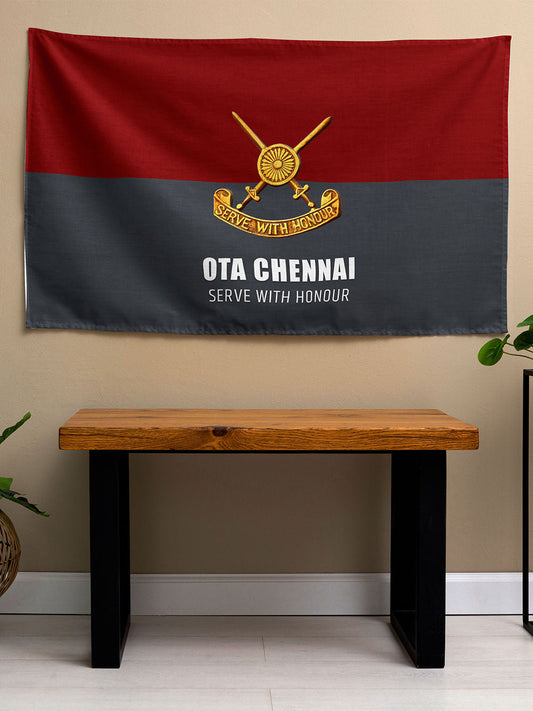Meet Wing Commander Namansh Syal: Brave Fighter Pilot Killed in Tejas Crash

In the world of military aviation, where precision meets peril, the story of Wing Commander Namansh Syal stands as a poignant reminder of the sacrifices made in the pursuit of national pride and technological advancement. On November 21, 2025, during the high-stakes environment of the Dubai Air Show, Syal's life was cut short in a tragic accident involving India's indigenous Light Combat Aircraft (LCA) Tejas. This article delves deeply into his life, career, the circumstances of the crash, the outpouring of tributes, and the broader implications for India's defense sector, drawing from verified reports and eyewitness accounts to paint a comprehensive picture of a man who embodied the spirit of the Indian Air Force.
Early Life and Roots in Himachal Pradesh
Born in 1991 in the serene village of Patiyalkar, nestled in the Kangra district of Himachal Pradesh, Namansh Syal grew up in an environment that fostered resilience and patriotism. Kangra, known for its picturesque valleys and strong military traditions, has produced numerous servicemen and women who have served India with distinction. Syal's family reflected this ethos his father was a retired military personnel, instilling in him the values of discipline and duty from a young age. He had an elder sister, and the family maintained close ties to their rural roots, even as Syal's career took him across the country.
From his school days, Syal exhibited a keen interest in aviation, often inspired by stories of fighter pilots and the roar of jets overhead. He pursued his education with focus, excelling in academics and extracurriculars that honed his physical and mental agility. By his early twenties, he joined the Indian Air Force, a decision that aligned perfectly with his aspirations. Relatives recall him as a "humble man" who never let success inflate his ego, always returning to his village with stories of service rather than boasts of achievement. This grounded nature would define his professional journey, making him a beloved figure among peers and subordinates alike.
A Distinguished Career in the Skies
Wing Commander Namansh Syal's military career was marked by steady progression and unwavering commitment. Commissioned into the IAF in the early 2010s, he began his flying training on the venerable MiG-21 fleet, aircraft notorious for their demanding handling but instrumental in building pilot skills. Syal quickly distinguished himself, earning accolades for his precision and adaptability. He later transitioned to the more advanced Sukhoi Su-30 MKI, a twin-engine multirole fighter that forms the backbone of India's air superiority operations. His tenure on the Su-30 involved numerous operational sorties, including exercises that tested his mettle in high-stress scenarios.
In recent years, Syal joined the Tejas program, a symbol of India's push towards self-reliance in defense manufacturing. Stationed at the Sulur Air Force Base in Tamil Nadu, home to the 45th Squadron ("Flying Daggers") and 18th Squadron, he became one of the key pilots entrusted with demonstrating the LCA Tejas Mk-1. The Tejas, developed by Hindustan Aeronautics Limited (HAL) and powered by the GE-F404 engine, represents a milestone in indigenous technology, with the IAF inducting its first squadron in 2016. Syal's role in international air shows, including the Dubai event, was to showcase its agility and capabilities to global audiences, fostering potential export opportunities.
Described by colleagues as having an "excellent service record," Syal was on the verge of promotion from squadron leader to wing commander at the age of 34 a testament to his rapid rise. His wife, Afsaan, shared his passion for aviation; she too served as an IAF officer, possibly retiring at the rank of wing commander. Together, they raised a young daughter, aged between 5 and 7 years old, balancing family life with the rigors of military service. Syal's postings often kept him away, but he was known for his family-oriented approach, frequently sharing moments of pride with loved ones back in Kangra.
The Fatal Crash: Sequence of Events
The Dubai Air Show 2025, held at Al Maktoum International Airport, was a platform for nations to display their aerial prowess. India sent three Tejas jets to participate, aiming to highlight the aircraft's export potential amid growing international interest. On November 21, the final day, Wing Commander Syal took off for a solo demonstration around 2:08 pm local time. Videos from the event show him executing initial maneuvers flawlessly, including low rolls that enthralled the crowd of aviation enthusiasts, families, and industry professionals.
Tragedy struck during a high-risk negative-G turn possibly part of a barrel roll or loop at low altitude. Eyewitness accounts and footage indicate the jet lost balance, nosedived, and impacted the ground, erupting into a fireball with thick black smoke billowing skyward. Syal, unable to eject due to the rapid sequence of events, sustained fatal injuries. Emergency responders arrived swiftly, but the pilot could not be saved. This was the second Tejas crash since its induction a decade ago; the first occurred in March 2024 near Jaisalmer, Rajasthan, where the pilot ejected safely.
The IAF promptly constituted a Court of Inquiry to investigate, collaborating with Dubai aviation authorities. Potential causes include sudden power loss, control system malfunction, or pilot disorientation during negative-G forces, though experts note that such maneuvers are routine in training. Defence analyst Praful Bakshi termed it a "very unfortunate incident," emphasizing the need for a thorough probe. Ex-diplomat KP Fabian added that accidents can happen with any aircraft, urging HAL and the IAF to implement corrective measures. Notably, the crash came a day after the PIB debunked false claims of an "oil leakage" in a Tejas at the show, highlighting the challenges of misinformation in such events.
Tributes from Across the Nation and Beyond
The loss of Wing Commander Syal reverberated across India, eliciting tributes from political leaders, military brass, and civilians. Defence Minister Rajnath Singh expressed deep anguish, stating the nation stands with the bereaved family. Himachal Pradesh Chief Minister Sukhvinder Singh Sukhu hailed Syal as a "brave and dedicated pilot," noting that his courage would be remembered eternally. Congress leader Rahul Gandhi called the incident "deeply saddening," extending heartfelt condolences. Chief of Defence Staff General Anil Chauhan regretted the crash, while HAL conveyed profound sadness, acknowledging Syal's service.
The Indian Embassy in the UAE offered assistance, coordinating with local authorities. Mizoram Governor VK Singh described it as a national loss in the line of duty. On social media platforms like X (formerly Twitter), users shared poignant messages: one post imagined Syal's final thoughts, emphasizing his decision to steer away from the crowd to protect civilians; another from a fellow aviator saluted him in "Valhalla." International voices, including from Pakistan, extended condolences, noting that an aviator's loss transcends borders.
In Kangra, the village mourned collectively, with relatives describing the atmosphere as one of profound sadness. Syal's family, supported by the IAF, received visits from officials, ensuring they were not alone in their grief.
Implications for the Tejas Program and Indian Aviation
The crash raises questions about the Tejas program's future, as the IAF plans to induct over 220 jets to bolster its fleet. While the aircraft has maintained an excellent safety record overall despite developmental delays experts like India Today's Sandeep Unnithan analyzed its role as the "future backbone" of the force. The incident, occurring in an international spotlight, could impact export prospects, though HAL and the IAF remain committed to enhancements.
Broader discussions highlight the inherent risks of military aviation, where pilots like Syal push boundaries to demonstrate capabilities. The event also underscores the importance of rigorous training and technology upgrades, ensuring that sacrifices like Syal's contribute to safer skies.
In conclusion, Wing Commander Namansh Syal's life was one of quiet heroism, from the hills of Himachal to the cockpits of India's finest jets. His legacy endures not just in the tributes but in the continued flight of the Tejas, symbolizing India's soaring ambitions. As the nation grieves, it also honors the unbreakable spirit of its guardians in the sky.



















